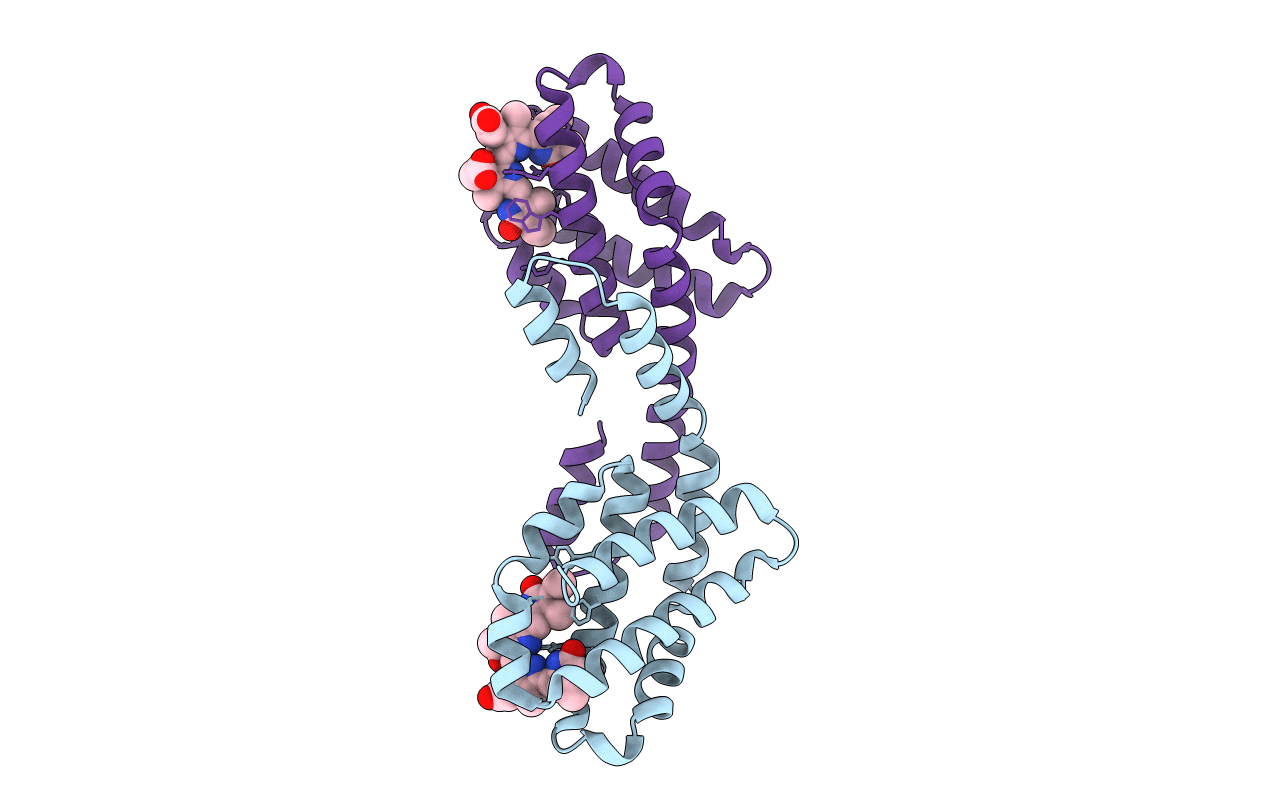
Deposition Date
2015-01-30
Release Date
2015-12-16
Last Version Date
2023-11-08
Entry Detail
PDB ID:
4XXI
Keywords:
Title:
Crystal structure of the Bilin-binding domain of phycobilisome core-membrane linker ApcE
Biological Source:
Source Organism:
Nostoc sp. (strain PCC 7120 / UTEX 2576) (Taxon ID: 103690)
Host Organism:
Method Details:
Experimental Method:
Resolution:
2.20 Å
R-Value Free:
0.25
R-Value Work:
0.18
R-Value Observed:
0.18
Space Group:
P 2 21 21


